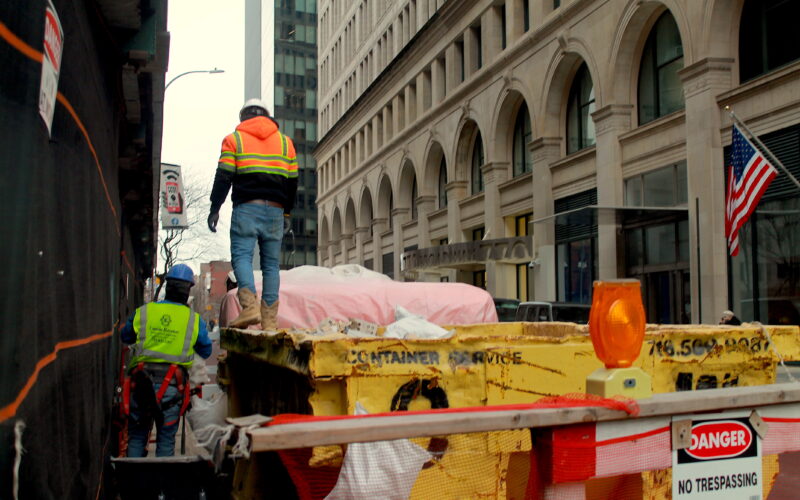The Role of the Gentrifier– Is That Me?
Media provided by Gazette Media Staff.
Have you ever been frustrated when a neighborhood “mom-and-pop” shop or restaurant is replaced by a Starbucks, Sweetgreen, or CVS? These are examples of gentrification. Gentrification is colonization in disguise: reminiscent of the founding of the U.S. The next time you celebrate that your morning frappuccino has moved one block closer, consider the impact of this displacement on the previous employees and inhabitants.
The process of renovating an urban area into a more modern, refined space often takes form in the removal, addition, or improvement of institutions. Gentrified neighborhoods are precincts that adapt to greater property values and force out former inhabitants or employees, often eradicating historical landmarks in the process. Grace students and faculty may mourn the passing of our street’s staple bodega or the destruction of a famed landmark, but, in many ways, we benefit from these losses. Notably, the Grace Church High School campus, established in 2012, maintains a relatively new presence within the Cooper Square area, and certainly has played a role in gentrification.
Ms. Dana Foote, Student & Family Coordinator and Admissions Associate, said in an interview with the Gazette that the Cooper Square building was first a row of townhouses. In the specific case of the High School campus, does the building and its community have a positive or negative impact on the neighborhood?
The founding of the High School is particularly impactful because of the business that students provide to surrounding amenities. According to a 2017 study by the American Sociological Association, “A large body of evidence suggests that gentrifying residents are especially inclined toward … cultural institutions, cafes, bodegas, and diverse residential environments.”
Grace students, after commuting from their own likely gentrified neighborhoods, occupy the Starbucks and flood the Shake Shack adjacent to Grace. With the promise of economic investment in an area, gentrifiers can seemingly undo their previous damage. The influx of people in response to any new facility can often repair economic change.
Andrea Marpillero-Colomina, Professor of Urban Studies at The New School and Grace alumni, stated her professional opinion regarding the Astor place neighborhood in an interview with the Gazette. She noted, “I’m sure that, between the Grace kids, the Cooper Union kids, and the NYU kids, they’re all sort of co-causing the gentrification of the surrounding neighborhood.” Referring to the Cooper Square area, she mentioned how the streets have already been “so gentrified, that there isn’t really much left.”
Every act of gentrification is a risky compromise. We may try to forget the historical significance and charm of a neighborhood in order to live more comfortably, but who decides if the pros of change outweigh the cons? On the side of progression are the gentrifiers, the wealthy beneficiaries, whose lives will ultimately be impacted for the better with the implementation of a modern facility. On the other side are small, family-owned businesses that are struggling to make a living.

